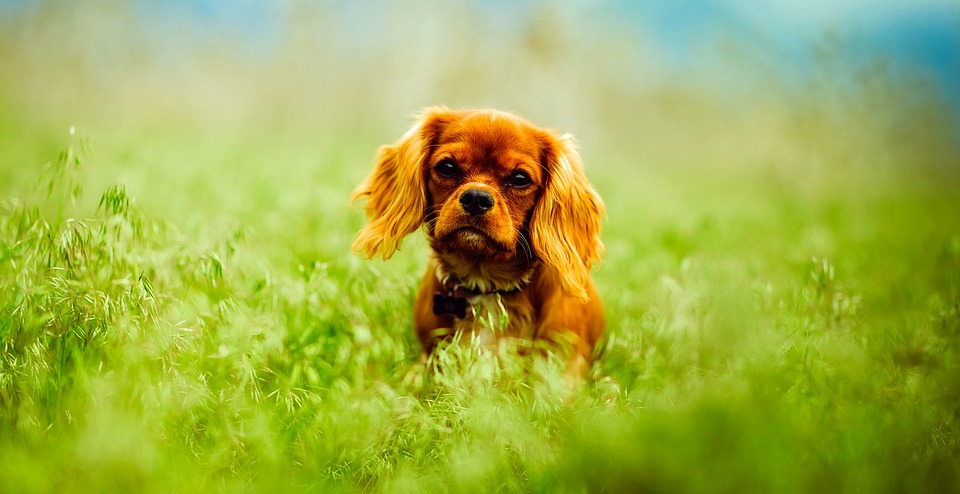Grooming and bath time can be stressful for both dogs and their owners. However, with the right training and techniques, you can teach your furry friend to remain calm and cooperative during these necessary grooming sessions. In this article, we will explore effective strategies to help your dog stay relaxed and content during grooming and bath time. Additionally, we will address frequently asked questions to provide you with a comprehensive guide to successful grooming.
Why is it important to train your dog to be calm during grooming and bath time?
Before delving into the training process, it is essential to understand why teaching your dog to be calm during grooming and bath time is crucial. Here are a few reasons:
1. Stress reduction: Grooming and bath time can be intimidating for dogs, leading to anxiety and stress. By training your dog to remain calm, you can significantly reduce their stress levels and make the experience more enjoyable for both of you.
2. Safety: A relaxed and cooperative dog is easier to handle during grooming sessions. It minimizes the risk of accidents or injuries caused by sudden movements or resistance.
3. Health benefits: Regular grooming and bathing are essential for your dog’s overall health and well-being. By training them to stay calm, you ensure thorough and effective grooming, maintaining their skin, coat, and overall hygiene.
Training Techniques to Calm Your Dog During Grooming and Bath Time
Now that we understand the importance of training, let’s explore some effective techniques to help your dog remain calm during grooming and bath time:
1. Positive reinforcement: Positive reinforcement is a powerful training technique that involves rewarding your dog for displaying desired behaviors. Use treats, praise, or a favorite toy to reward your dog whenever they exhibit calm behavior during grooming or bath time. This positive association will encourage them to repeat the calm behavior in the future.
2. Desensitization: Gradually expose your dog to grooming tools and the bathing area to desensitize them to these stimuli. Start by introducing the tools or area without using them, allowing your dog to sniff and investigate at their own pace. Over time, gradually increase the intensity, rewarding your dog for remaining calm and relaxed throughout the process.
3. Slow and steady approach: Rushing through grooming or bath time can increase your dog’s anxiety. Take a slow and steady approach, allowing them to acclimate to each step before moving on. Break the grooming session into smaller, manageable parts, rewarding your dog’s calm behavior along the way.
4. Routine establishment: Dogs thrive on routine, so establishing a consistent grooming and bath time schedule can help them feel more at ease. Stick to a regular routine and maintain consistency in the grooming process, making it a familiar and predictable experience for your dog.
5. Professional grooming: If your dog’s anxiety persists despite your efforts, consider seeking help from a professional groomer who specializes in working with anxious dogs. They can provide additional guidance and techniques to ensure a calm grooming experience.
FAQs (Frequently Asked Questions)
1. Q: How long does it take to train a dog to be calm during grooming and bath time?
– A: The training duration can vary depending on your dog’s temperament and previous experiences. It may take several weeks or even months of consistent training to achieve significant improvements. Patience and consistency are key.
2. Q: My dog becomes aggressive during grooming. What should I do?
– A: Aggression during grooming can be a serious issue. It is advisable to consult a professional dog trainer or behaviorist to address this problem. They can assess the underlying causes of aggression and provide appropriate guidance to ensure everyone’s safety.
3. Q: Are there any specific grooming techniques that can help calm my dog?
– A: Gentle handling, soothing massages, and using calming tools like lavender-scented shampoos or relaxing music can help create a calming atmosphere during grooming and bath time. Experiment with different techniques to find what works best for your dog.
4. Q: Can I groom my dog at home, or should I always visit a professional groomer?
– A: Many dog owners successfully groom their pets at home. However, if your dog has severe anxiety or requires specialized grooming (e.g., intricate haircuts), it might be best to seek professional help. Professional groomers have experience dealing with anxious dogs and can ensure a safe and stress-free grooming experience.
Remember, training your dog to be calm during grooming and bath time requires patience, consistency, and understanding. By implementing these techniques and seeking professional help if necessary, you can transform grooming sessions into a positive and enjoyable experience for both you and your furry companion.









